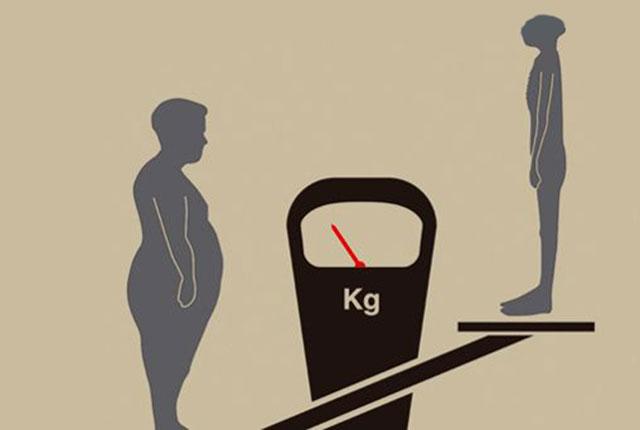You are here
Malnutrition becoming ‘new normal’ amid obesity boom
By AFP - Jun 19,2016 - Last updated at Jun 20,2016

Aden Salaad, 2, is bathed by his mother in a tub at a Doctors Without Borders hospital, where Aden is receiving treatment for malnutrition, in Dagahaley camp, outside Dadaab, Kenya, on July 11, 2011 (AP photo by Rebecca Blackwell)
NEW DELHI — Malnutrition is becoming the “new normal” as rising rates of obesity across the world coincide with persistent undernutrition in many poorer countries, according to a major study released Tuesday.
The Global Nutrition Report says the number of people who are obese or overweight is rising almost everywhere, fuelling an increase in diabetes and other diseases.
Malnutrition covers a range of problems — from deficiencies in important vitamins and minerals for the undernourished to excessive levels of sugar, salt, fat or cholesterol in the blood for the obese.
At least 57 of the 129 countries studied were experiencing serious levels of both undernutrition and adult obesity, putting huge pressure on health services, said the study.
“We now live in a world where being malnourished is the new normal,” said Lawrence Haddad, the senior research fellow at the International Food Policy Research Institute and co-author of the report.
“It is a world that we must all claim as totally unacceptable.”
The study found some progress was being made, with the number of stunted children under five declining on every continent except Africa and Oceania.
Stunted children grow up to be weaker than their well-nourished counterparts, with their brains and immune systems compromised.
But the report’s authors said there had been too little progress in the fight against all forms of malnutrition.
Almost every country studied was falling behind in reducing levels of diabetes and of anaemia in women, for example.
One in twelve people globally now has diabetes and nearly two billion people are obese or overweight, according to the authors, who called for more funding for government initiatives on nutrition.
Their analysis found a $70 billion global funding shortfall to meet 2025 milestones to tackle stunting, severe acute malnutrition and anaemia.
The report highlighted the cost of malnutrition, which it said was “the number one driver of the global burden of disease”.
Africa and Asia lose 11 per cent of the gross domestic product every year due to malnutrition, it said.
Haddad said the key to success was political commitment.
“Where leaders in government, civil society, academia and business are committed — and willing to be held accountable — anything is possible,” he said.
“Despite the challenges, malnutrition is not inevitable — ultimately, it is a political choice.”
The Global Nutrition Report is an annual assessment of countries’ progress in meeting global nutrition targets established by the World Health Assembly — the world’s highest health policy body — in 2013.
These include a 40 per cent reduction in the number of children under five who are stunted; a 50 per cent reduction of anaemia in women of reproductive age; and a halt in the rise in the number of adults who are overweight, obese or suffering from type two diabetes.
Related Articles
LONDON — Almost every country in the world now has serious nutrition problems, either due to over-eating leading to obesity or a lack of foo
PARIS — Hunger, poor nutrition and obesity not only present a health burden in developing countries but carry a hidden economic penalty that
PARIS — The world had 10 times as many obese children and teenagers last year than in 1975, but underweight kids still outnumbered them, a s



















